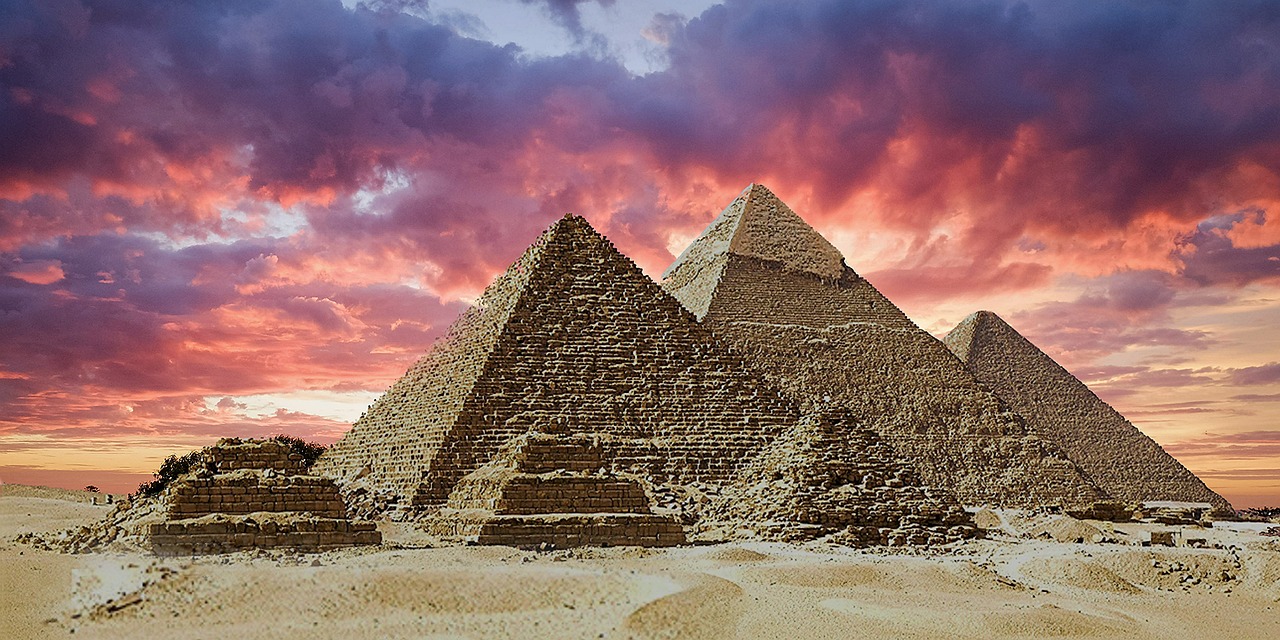Ancient Egyptian religion encompasses the indigenous spiritual practices and beliefs that evolved from the predynastic era (around the 4th millennium BCE) until the decline of traditional practices in the early centuries CE. For insights into historical contexts and specific timelines, refer to studies on the history of Egypt.
Nature and Significance of Egyptian Religion
In ancient Egypt, religious beliefs were deeply woven into the fabric of society, especially during the historical period commencing around 3000 BCE. While remnants of older practices likely persisted, their relevance might have diminished as the establishment of the state provided a new framework for the understanding of religion. The multitude of religious phenomena present made it challenging to perceive religion solely as a unified system. Instead, it must be recognized within a broader spectrum of secular human activities and values.
Throughout its lengthy evolution lasting over 3,000 years, Egyptian religion experienced various shifts in focus and ritual practices, yet it consistently maintained a particular character and essence. A narrow definition of religion, which includes only god worship and human devotion, is inadequate. Egyptian religious practice also engaged with death, divination, oracles, and magic, often appealing to divine instruments and associations.
Central Figures in Religion
Public religious life revolved around two main pillars: the king and the gods. These elements are integral to Egyptian civilization’s identity. The king occupied a unique position in mediating between the divine and humanity. He engaged with divine realms, creating monumental funerary structures animated by religious motivations to secure his afterlife. Egyptian deities are notable for their diverse representations, often depicted in animal forms or as hybrids with a human body and animal head. Among these, the sun god held prominence, embodying various aspects and names related to a solar cycle akin to the rhythms of night and day. Osiris, the god of the afterlife and ruler of the underworld, gained significant recognition alongside his consort, Isis, especially during the 1st millennium BCE when solar veneration waned.
The Cosmos and Order vs. Disorder
The Egyptians envisioned the universe as a realm comprising the gods and earthly existence—centered in Egypt—surrounded by chaotic forces. Maintaining order against this chaos was paramount; hence, the king’s role was crucial in preserving divine favor to uphold societal harmony. This somewhat pessimistic cosmic outlook was largely associated with the sun god and his solar cycle, reinforcing the legitimacy of the king and the elite’s authority in promoting order.
Despite the overarching theme of pessimism, official artistry and inscriptions presented a more optimistic view of the cosmos, illustrating perpetual symbiosis between the king and the divinities. This portrayal highlights the delicate balance of order, where the restrictive nature of monumental art adhered to particular decorum that dictated its representation and context. Such decorum and the assertion of order mutually reinforced one another.
The beliefs and customs of the broader populace, however, remain less documented. While significant differences between the elite’s spiritual views and those of common people are unlikely, they cannot be entirely dismissed.



